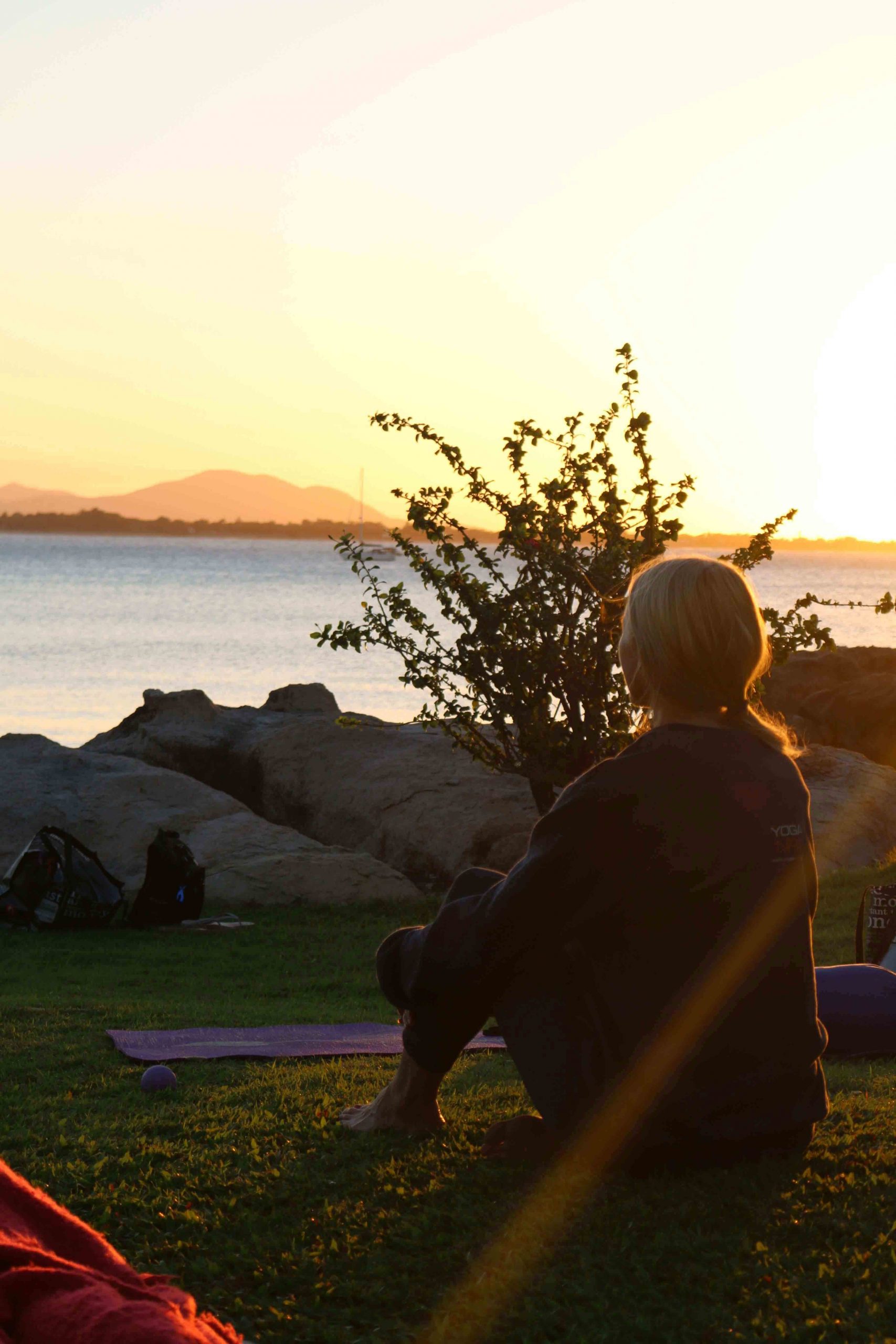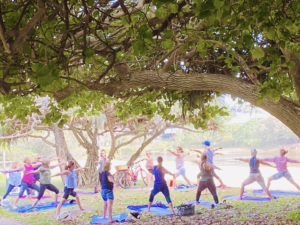Wisdom for your Wednesday ~ Take idle time
This is hard for me although it has become a ritual with many many benefits. Although my mornings are sacred and no one gets between me and my cup of tea & morning meditation practice. The idle times throughout the day which I have more of lately (even when running retreats ) are just as sacred.
At first this caused a bit of discomfort. Thoughts like “I should be getting stuff done” or “You’re being lazy” or a big one “I should be offering more” or it’s “irresponsible for me not to do all I possibly can”
My high regard to look after my brain has meant prioritising Idle time. Not only does it bring me joy despite the initial feelings of discomfort or boredom . Ironically there’s time for more creativity (another source of joy) and more does seem to get done .
Don’t get me wrong I’m still fine tuning this and I still have struggles with being reactive to being rushed. It’s because I know deep down if I give in to the pressure of being rushed I hurt my brain.
Just like a car we are not designed to be on all the time. That alone be in 5th gear.
We don’t always have the luxury of driving an “automatic” where the gear changes are done for you at the right time. Never the less even with automatics we still are responsible for putting the foot on the break and taking idle time and stopping.
Even though it makes no sense to keep going and going we do. Perhaps out of fear that we will not be valued. But Idle time actually helps us offer more value. Consider :
“What if the brain requires substantial downtime to remain industrious and generate its most innovative ideas? “Idleness is not just a vacation, an indulgence or a vice; it is as indispensable to the brain as vitamin D is to the body, and deprived of it we suffer a mental affliction as disfiguring as rickets,” essayist Tim Kreider wrote in The New York Times.
There’s a lot more evidence to show us what happens in the brain if we do not give it a break. There’s also reasons why it has become so hard for us . Neuroscience thankfully can show us with MRI’s what happens and this supports what the Yogis studied for thousands of years.
We go into this more in our Mindfulness & Yoga Teacher Training Programs which are not only for Certification to teach but also to give people an opportunity to understand their own mind and ways of being and in turn understand others.
The why ~ less suffering , more quality of life, more joy. Not easy but worth it.
Some tips to help until then or great questions to ask when you find yourself saying yes to too many things (causing you to have no idle time at all)
Ask yourself prior to replying :
By saying yes to this what am I saying no to that’s really important to me ? (There’s some great tips in the book Do Less Be More)
Personally ive developed a habit lately of letting people know ~ no your email may not be answered immediately because I am not “on” all the time . I do care though and will get back to you. I’m not a big fan of waiting either & struggle with patience but I’m slowly but surely turning that around (slowly;) into my idle time. Because this is better for my brain and in turn those I care about.
Meditation & Mindfulness have helped me over time to begin to connect the dots between certain habit patterns that do not serve my well being and more importantly slowly over time begin to make really helpful changes.
Meditation is not a quick fix nor a pathway to overnight success but it does help you live a more purposeful life with less drama and more meaning . For those who love to make a difference or help others this is a good place to start and a great way to sustain it .
Enjoy the initial discomfort and then the joy of learning to do nothing.
Namaste
Tammy
Course info :


